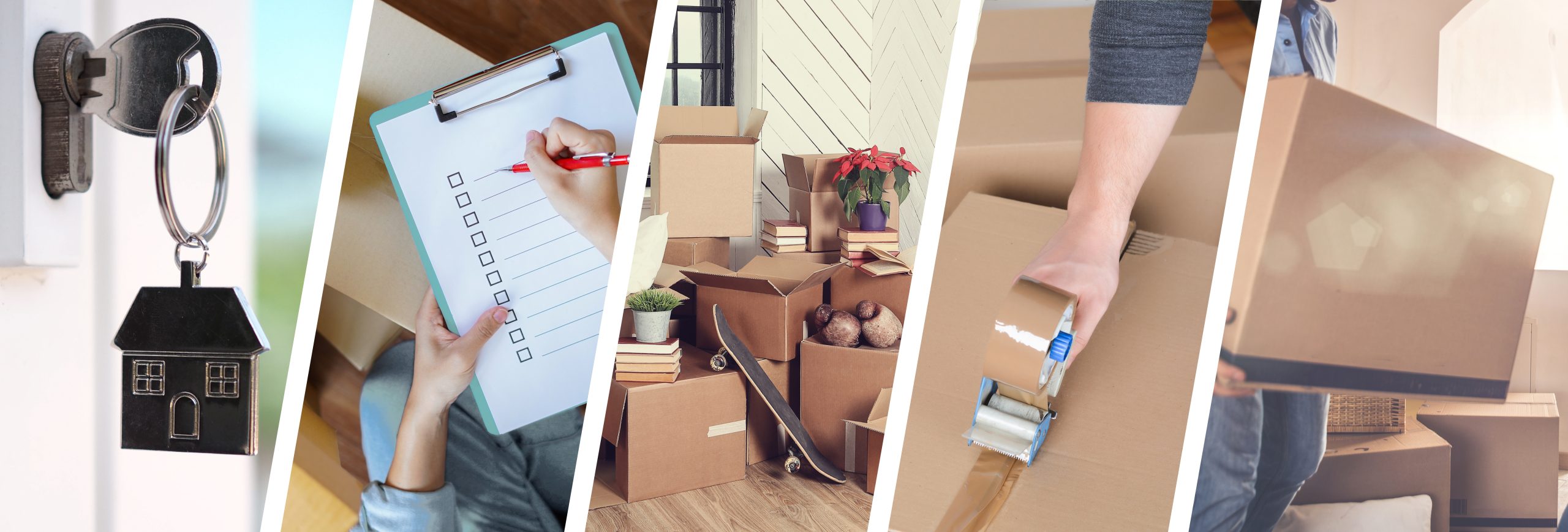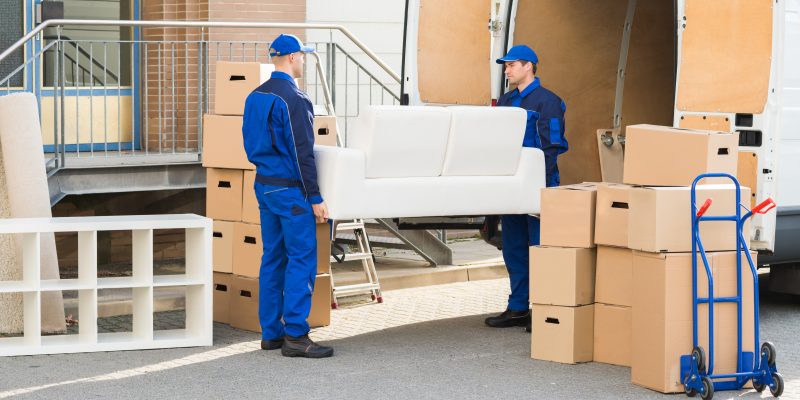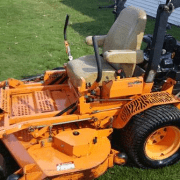If you’re like most people, the thought of moving to a new house or office can be overwhelming. But it doesn’t have to be that way. Moving becomes tedious when you don’t know how to organize your stuff or don’t have the necessary tools to make the process easier.
Although not everyone is born with organizing skills, numerous tools can make the process of planning and executing a move seamless. Professional moving companies like Move Central provide customers with such tools to help them organize their move.
Here are five essential tools and techniques to help you organize the process of moving to a new home or office:
1. Customized To-Do List
Moving involves handling numerous moving parts, ranging from financial transactions to moving company logistics. With so many details to track, you may find it challenging to figure out what should be done and when to do it. One way of fixing this challenge is to develop a comprehensive to-do list to guide your moving process.
The checklist makes it easier to keep track of all the moving details in a timelier and more organized manner. Some movers have planners that come with checklists for different kinds of relocation that you may adopt. Alternatively, you can customize your own and include items specific to your move. A customized to-do list also enables you to organize your tasks week by week for a much smoother move.
2. Moving Technology
Tech innovations are available in just about any industry, and moving is no exception. You can harness technological power to make the moving process seamless and faster the next time you decide to relocate.
Whether you’re looking for space to rent, want to sell some household items, or want to visually inventory your belongings, there are numerous apps to help you do so effectively directly from your smartphone.
3. Packing Plan
A packing plan is a vital tool to have in place when organizing a move. Instead of packing your things randomly, consider having a strategy for each room. Start by determining which rooms need to be addressed first.
An excellent way to do this is to identify rooms that have non-essential items that you don’t need to use for the period leading up to your move. Such rooms may include guest bedrooms, storage closets, library, basement, playroom, and attic.
Pack items in essential rooms like bedrooms and kitchens last as those would be in use till the last day of your move. Once you know when to pack things in different rooms, determine how much supplies will be needed to carry the items. You can use your mover’s packing calculator to estimate how many boxes and supplies you’ll require to pack your stuff.
Consider making a list of the items you pack in each box. Remember to have a separate essentials box for moving day and to keep electronic cords in a bag to avoid losing them.
4. Moving Box Labels

Another technique for ensuring a smooth room is labeling moving boxes appropriately. Although ordinary labels can help you determine which package goes to which room fast, you can take your labeling a notch higher by color-coding the tags to correspond with the room. This helps you to locate your belongings in the moving truck quickly.
Color-coded labels are readily available in leading retail outlets. Alternatively, you can create yours using multi-colored tape. For instance, you may label all boxes with kitchen items using yellow tape and those with bedroom items with green tape.
5. Moving Ring Binder
Maintaining a moving ring binder is a great way to remain organized when you’re moving from one office or house to another. Moving binders allow you to keep tabs on all receipts and contracts relating to the move. They also make it easier to consolidate moving tasks into a central place.
If you prepare a moving binder, some of the documents you need to file may include moving receipts, checklists, contacts of utility companies, a list of donations, and receipts. Other documents worth maintaining are floor plans, contractor bids, school records, medical records, contractor bids, design ideas, paperwork from the moving company, and financial documents.
Final Thoughts
For anyone, relocating to a new office or home can be a tedious process. However, the process can be smoother if you have the right tools and are aware of the different techniques for preparing and planning a move. If you plan to move soon, having the tools and applying the five techniques discussed above can make your move seamless and less stressful.














Comments